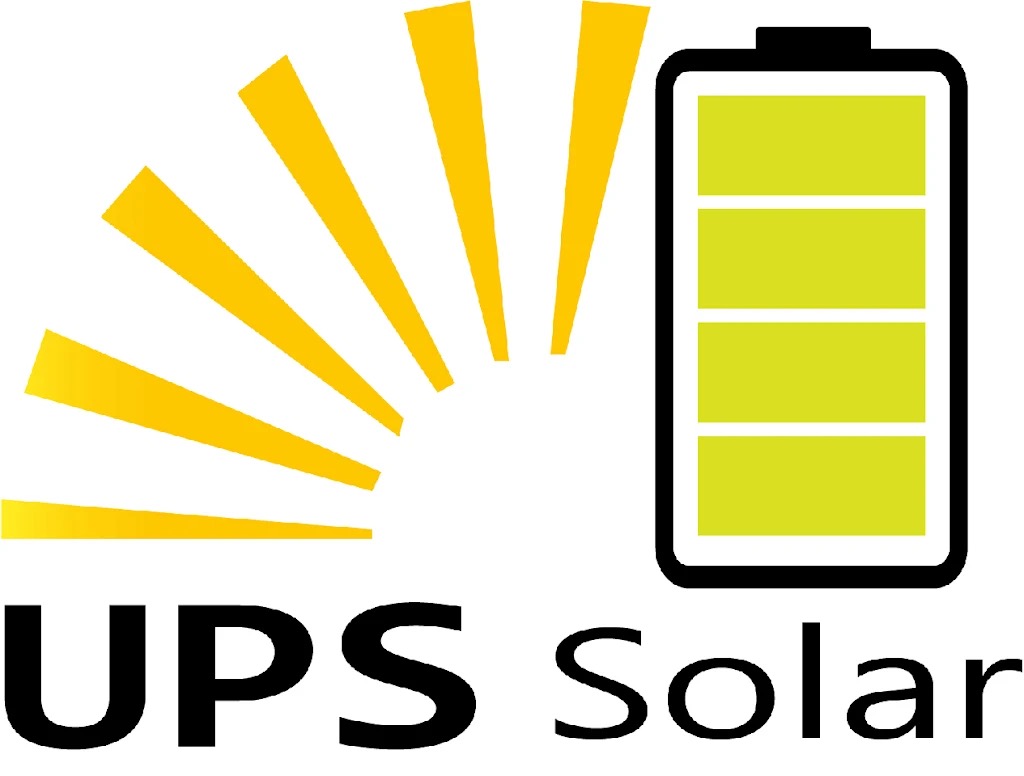Installing a Tesla Powerwall 3 with Aiko Solar Panels in Chorley
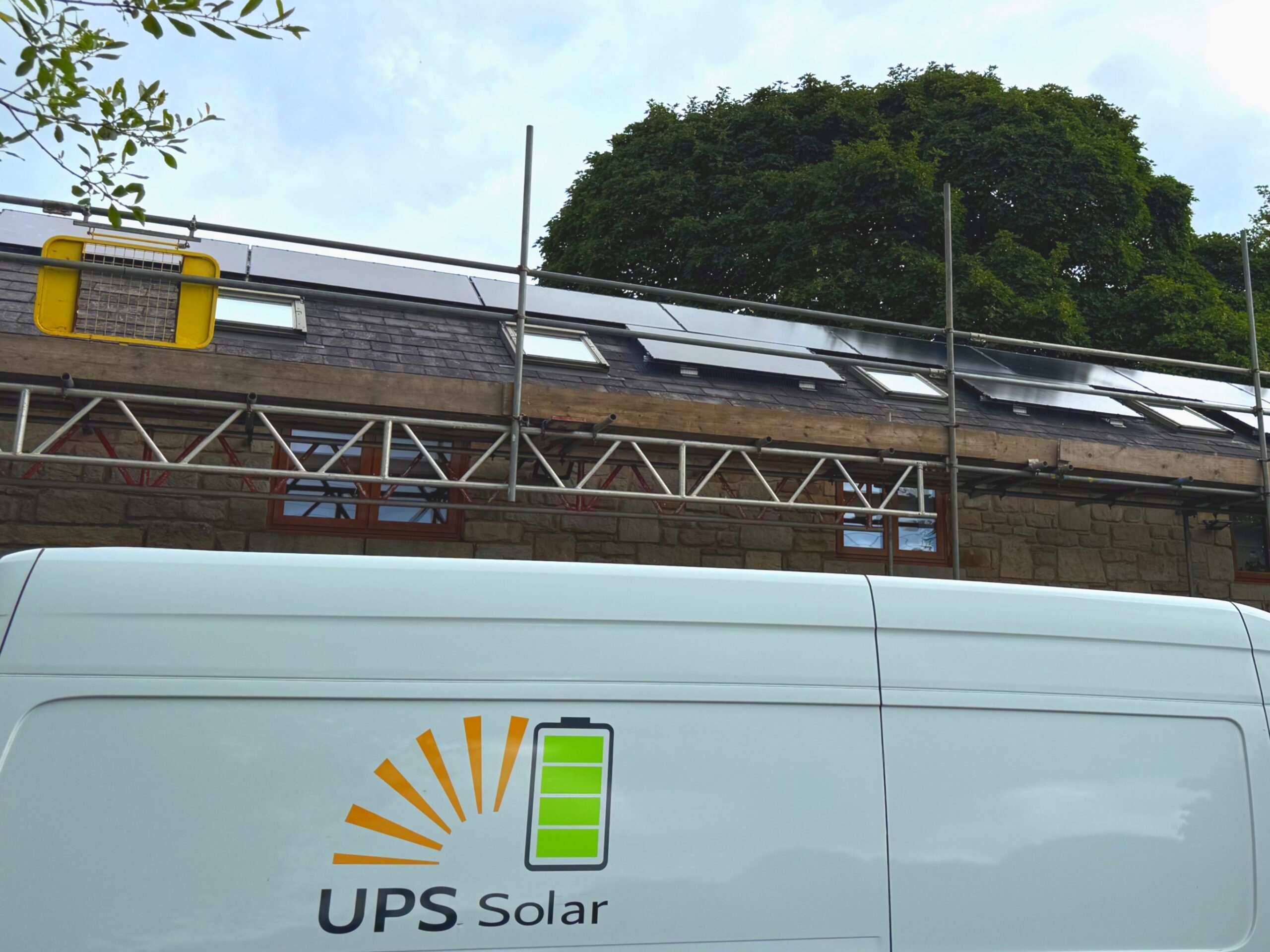
We recently completed a solar and battery installation for a customer in Chorley. The setup included 14 Aiko 510w solar panels (7.1kW total), along with a Tesla Powerwall 3 and Tesla Gateway for full house backup. The panels were fitted to a slate roof with several Velux skylights, and the battery system was installed in the garage.
This post gives a clear overview of the project — what we installed, why certain decisions were made, and how it all works in practice.
The property
The house is a detached property on the edge of Chorley. South-facing roof, quite open, but with multiple Velux windows which affected the available space for panels. The roof was finished in slate, so we needed to allow for that when planning the panel layout and fixings.
The customer’s main goals were:
- To reduce grid reliance
- To store excess solar energy for use in the evening
- To have a full house backup in case of a power cut
They already had a general idea of the technology they were interested in, particularly the Tesla Powerwall 3, but wanted advice on panel choice and layout.
Planning and layout
During the survey, we measured up the roof space and worked out the best arrangement to maximise solar generation without creating shading problems between rows or from the Velux windows.
We recommended Aiko 510w panels, which are compact and high output. This allowed us to reach just over 7kW with 14 panels. The panels were mounted on rails using equipment suitable for slate roofs. We fitted flashing kits for each mounting point to ensure the roof remained watertight.
While slate roofs take more time than concrete tiles, we’re used to the process and there were no surprises. All fixings were made to rafters to ensure structural integrity.
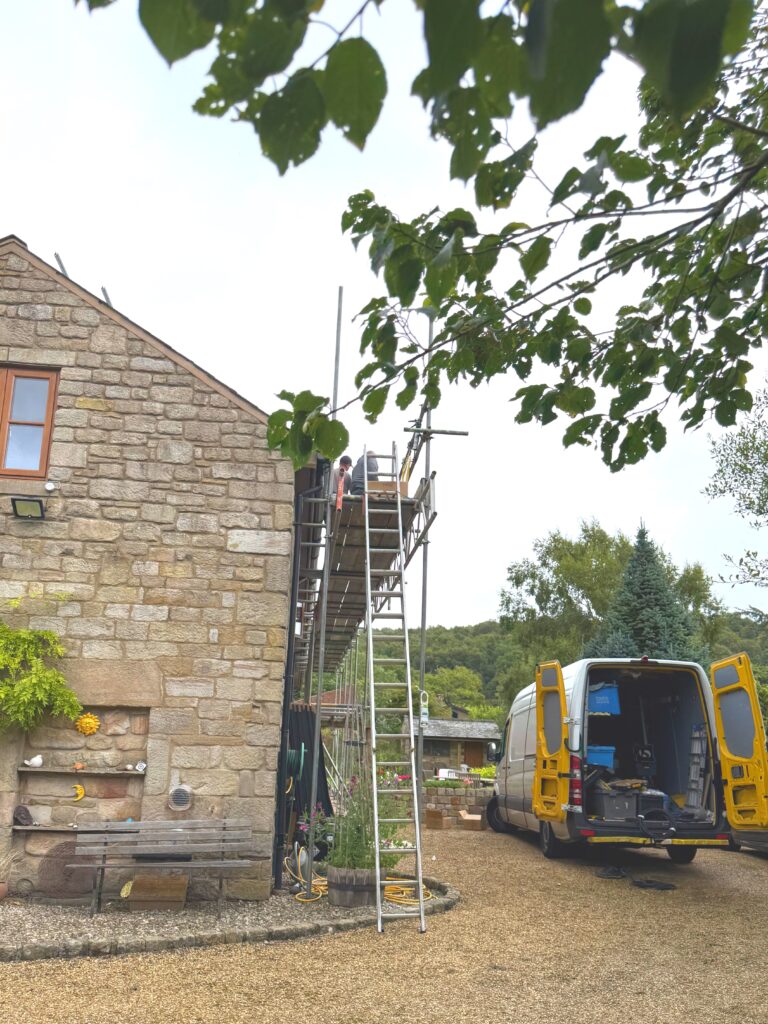
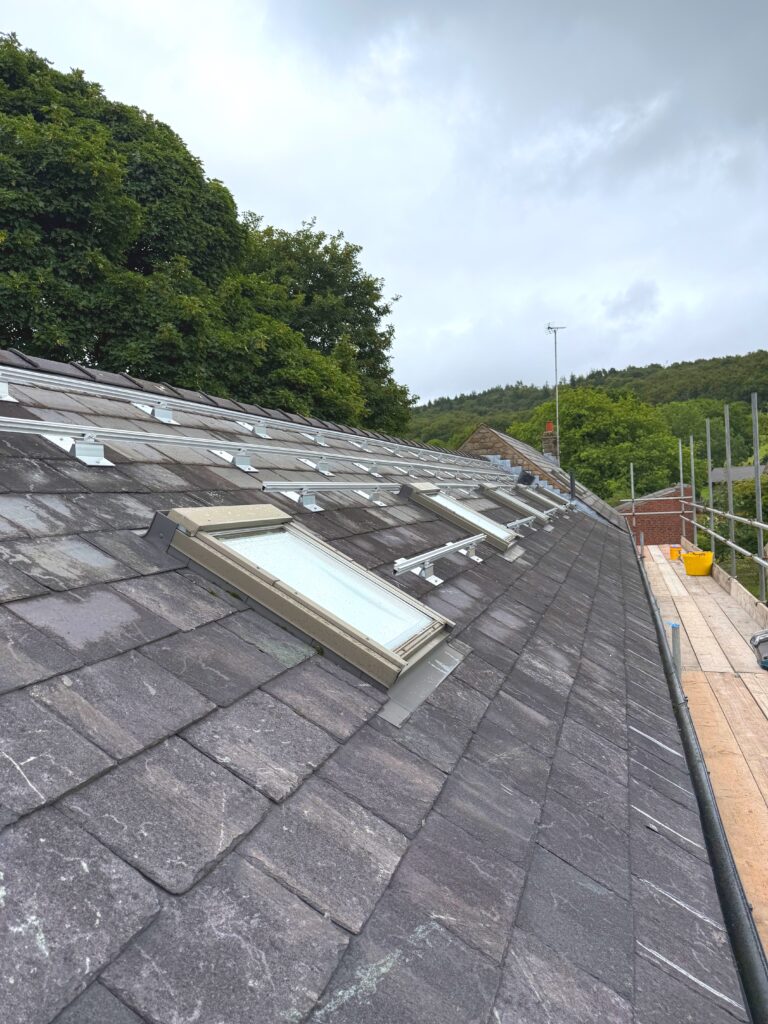
The battery and backup system
In the garage, we installed a Tesla Powerwall 3, which has a 13.5kWh usable capacity. This is the latest version of Tesla’s home battery, and includes an integrated inverter — so fewer components are needed compared to older models.
We also installed the Tesla Gateway, which provides full house backup. That means if there’s a power cut, the whole home continues running as normal. There’s no need to choose between “essential circuits” and the rest of the house — everything remains powered, assuming the battery has enough charge.
The Gateway also ensures the system disconnects safely from the grid during an outage, which is required for legal and safety reasons.
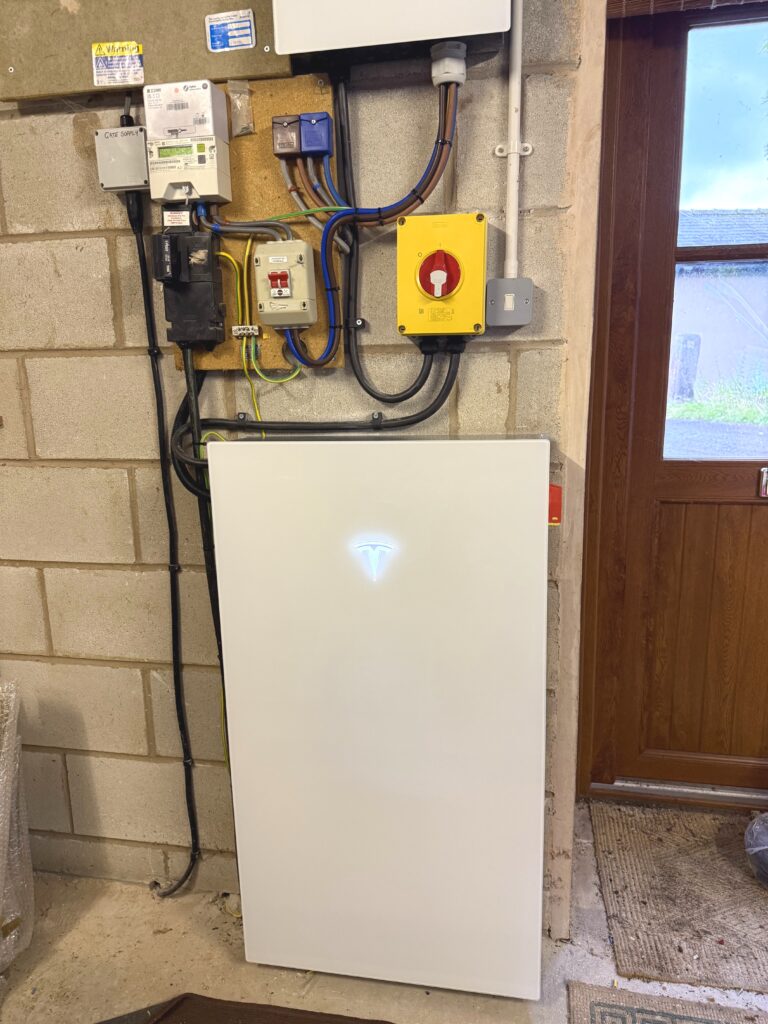
Expected performance
With 14 Aiko 510w panels, the system can generate around 6,000 to 7,500 kilowatt-hours per year, depending on weather conditions. That will cover most of the electricity demand for a typical family home, especially with the battery helping to spread that usage more evenly across the day and night.
The Tesla Powerwall 3 stores excess solar during the day, which is then used in the evening or overnight. The customer is on an agile tariff, so there’s also the option to charge the battery at off-peak times in winter if needed.
Because the system includes full backup, the Powerwall reserves a portion of its capacity in case of a power cut — though this can be adjusted manually in the app.
Ongoing usage
Once installed, the customer can monitor everything from the Tesla app. This includes solar generation, battery level, home usage, and any import or export to the grid. It’s a simple interface and doesn’t need any technical knowledge to use.
The system runs quietly in the background. The customer doesn’t need to manage it day to day, but the app provides real-time data for those who want to keep an eye on things.
Since completion, the system has been working as expected. The customer reports low levels of grid import during daylight hours and consistent overnight supply from the battery.
Notes on installation
There were a few things worth noting from this job:
- Velux skylights: These reduced the number of panels we could fit, but with high-efficiency panels we still achieved 7.1kW on a single aspect.
- Slate roof: Installation on slate takes longer due to the need to protect tiles and avoid cracking. We used proper flashing kits and didn’t disturb any more of the roof than necessary.
- Garage location: The Powerwall and Gateway were both installed neatly in the garage, which made cable runs to the consumer unit straightforward.
- Full backup setup: This was the customer’s key requirement, and the Gateway provides seamless switchover during power cuts.
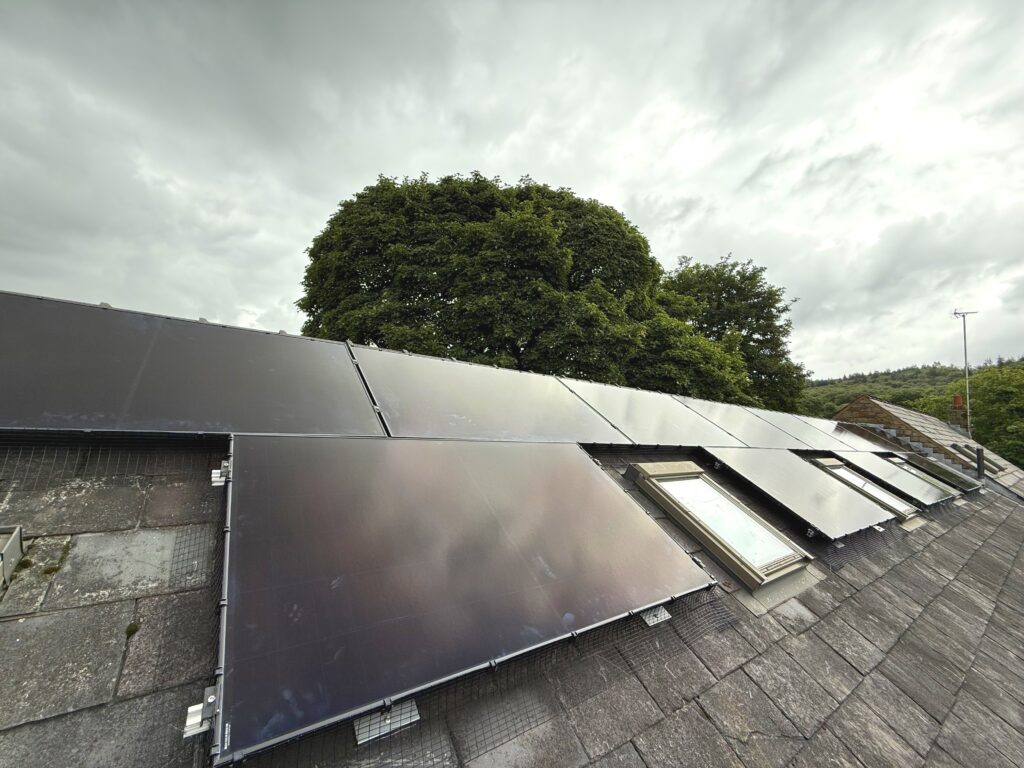
Why this matters
Solar with battery storage isn’t new, but it’s only in the last couple of years that we’ve seen more households move beyond just generation and into full energy management.
Systems like this allow homeowners to:
- Use more of their own energy
- Store excess for later
- Keep the lights on during grid outages
- Track and understand their usage over time
And when installed properly, they just work — quietly, without needing ongoing input.
Summary of this Chorley install
- Panels: 14 x Aiko 510w
- System size: 7.1kW
- Roof: Slate, with multiple Velux skylights
- Battery: Tesla Powerwall 3 (13.5kWh)
- Backup: Tesla Gateway, full house backup
- Location: Chorley, Lancashire
- Use case: Self-consumption, grid independence, power cut protection
If you’re in Lancashire (or anywhere in the UK) and thinking about solar
We can provide the best advice and deliver many different solutions specifically designed to maximise the efficiency of a solar + battery installation. This job is one of many we’ve completed recently, and it shows what’s achievable even on a roof with more complex features.
Use our remote survey page on the website to get easily a quote with no obligation, or if you’d rather have a chat call us on 0800 644 6887
Choosing a good combination of panel type and battery setup makes all the difference — especially if you’re looking for long-term reliability and full home backup.
